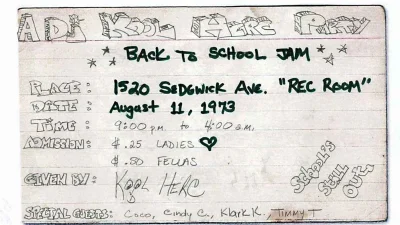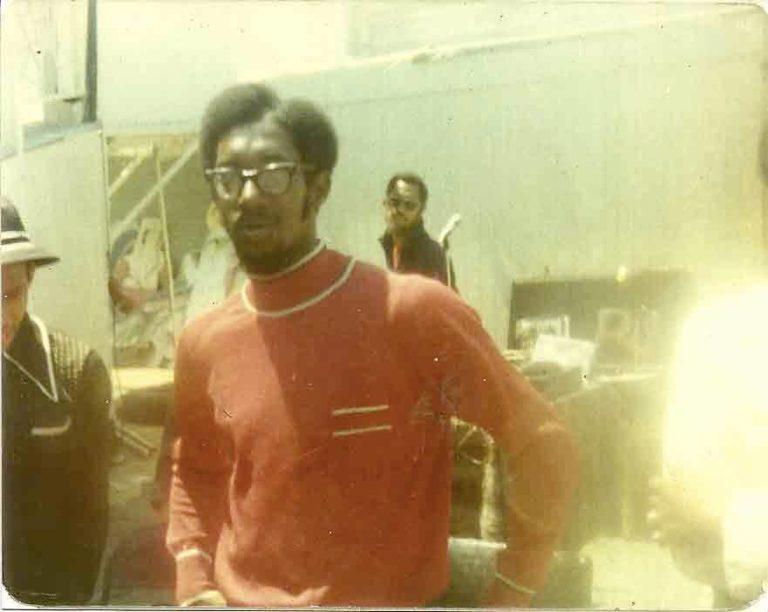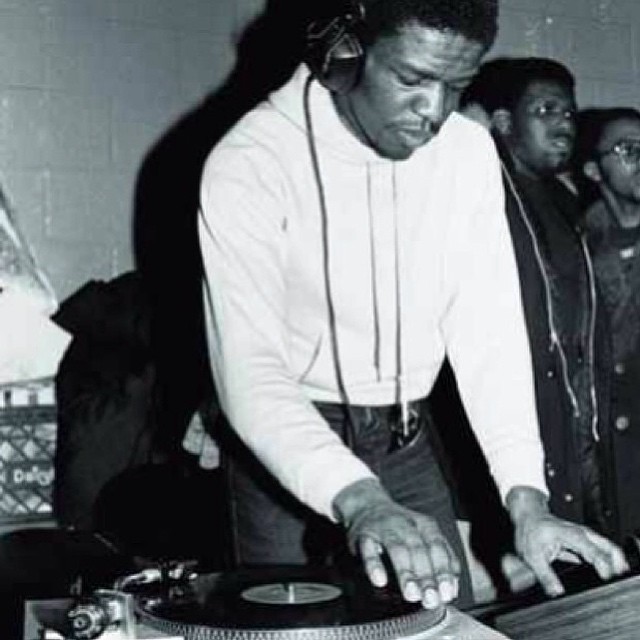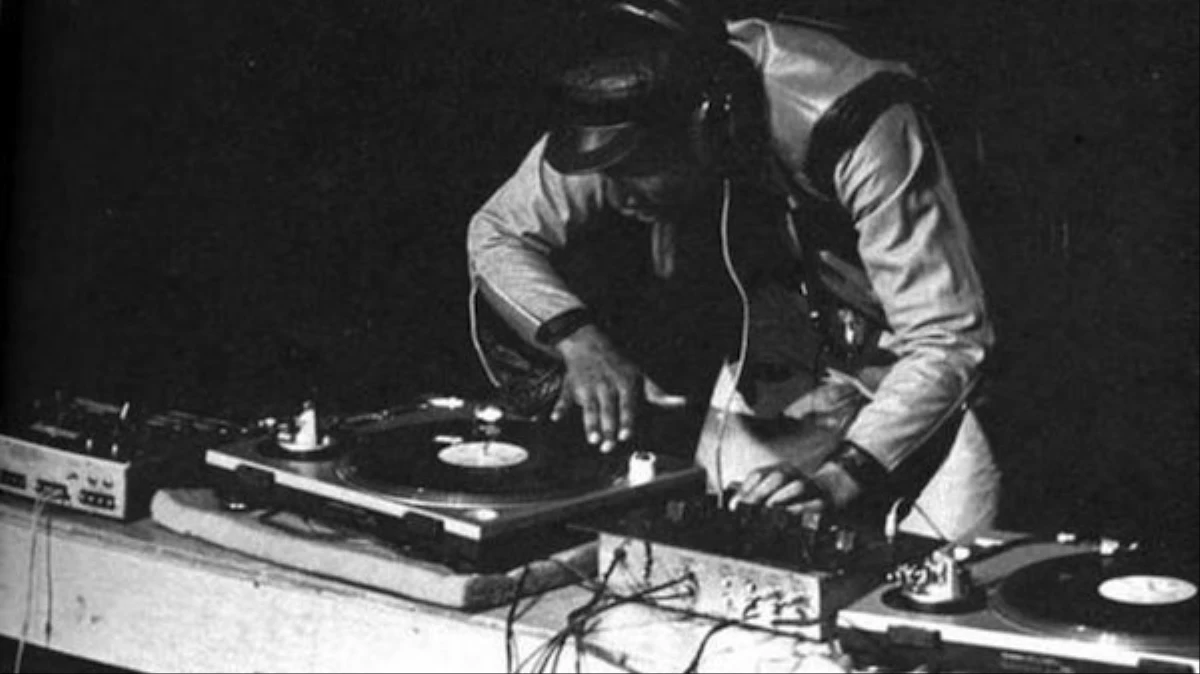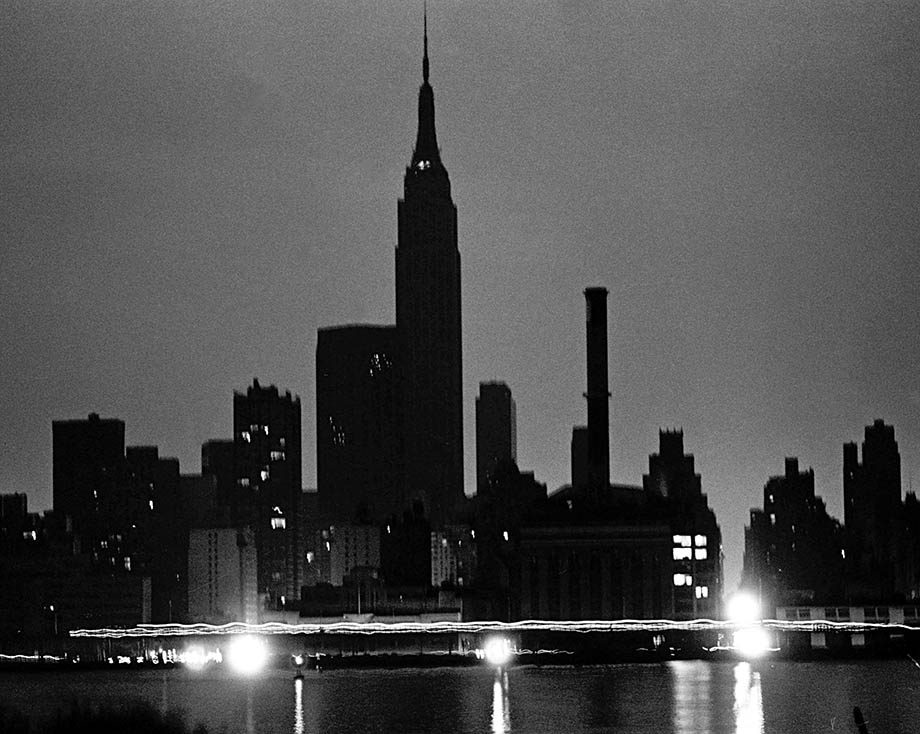8/11/1973
DJ Kool Herc throws a back to school party in an apartment complex at 1520 Sedgwick Ave, where he would go on to change music forever. Many records at the time, especially disco records have "breaks" in the middle of the song primarily consisting of an instrumental. DJ Kool Herc would be the first to extend these instrumental breakbeats by playing 2 breaks on 2 separate records one after another, the first to use a turntable as an instrument within itself.
